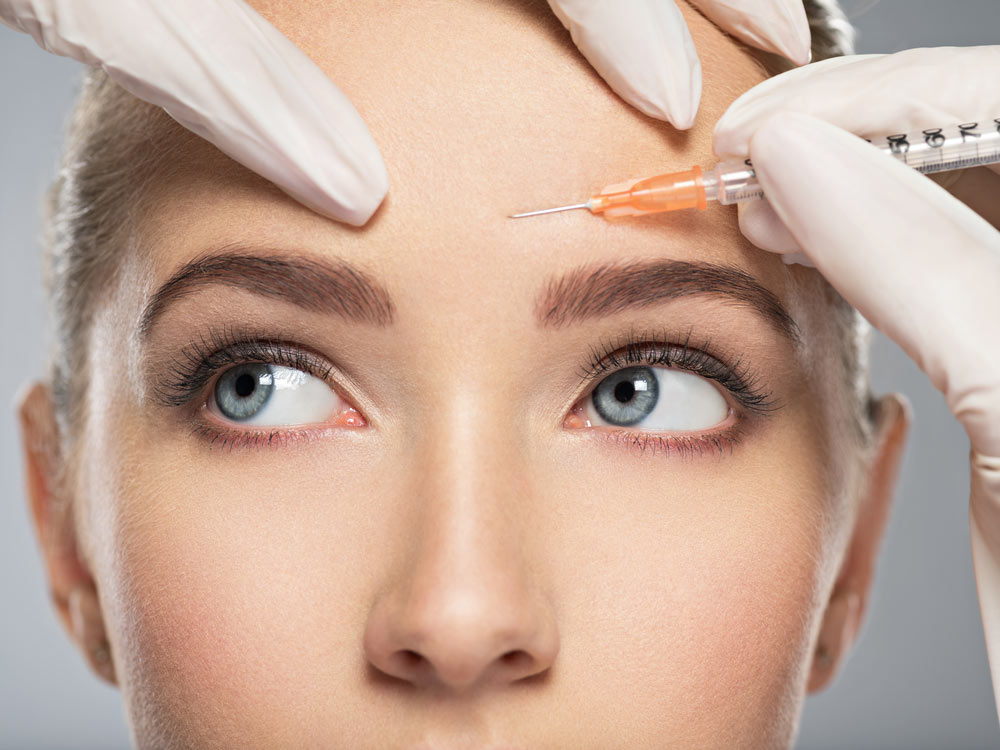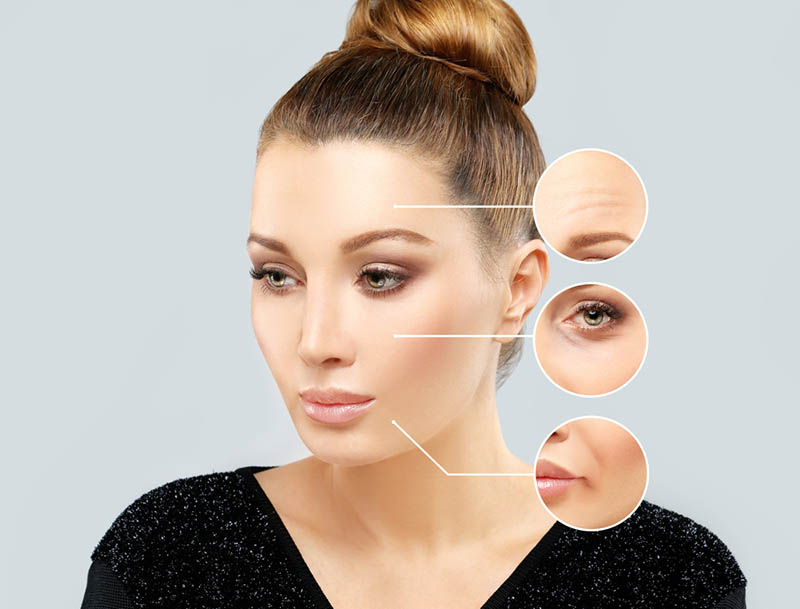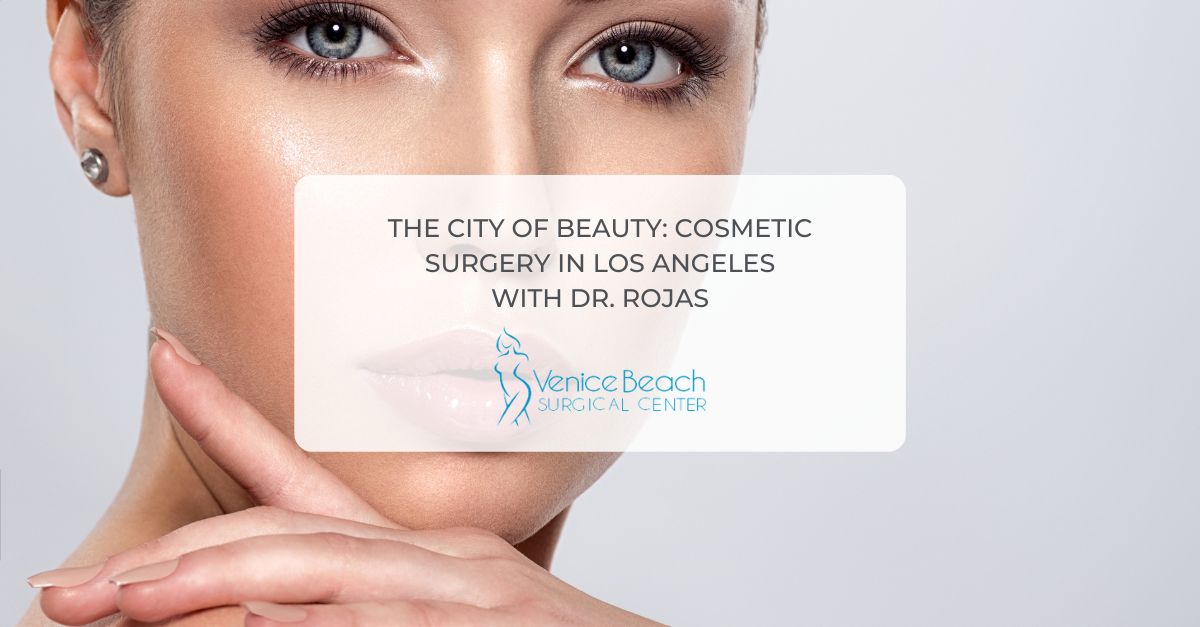Getting fillers in Los Angeles might sound like no big deal, but the fact is that, just like any other medical procedure, you should know what you’re facing before having the procedure done. It’s important to find a well-qualified surgeon at a reputable clinic like Venice Beach Surgical Center so that you get the results you want in a safe way. Fillers are used to replace the volume in your face as you age to help smooth out fine lines and wrinkles. If you’re excited about the prospect of taking years off your face, keep reading for everything you need to know about dermal fillers.
There are Many Kinds of Fillers in Los Angeles
One size doesn’t necessarily fit all when it comes to getting dermal fillers. Hyaluronic acid is one of the most prevalent and Juvederm, Restylane and Perlane all fall under this category. It works by pulling water into the skin, which helps plump it up and smoothes out wrinkles. Microspheres, or Artefill, is another choice and it works by infusing your nasal folds with small plastic particles that plump up the area. Other options include Botox, calcium hydroxylapatite and poly-L-lactic acid. The type your surgeon uses for you depends on where you want to have fillers applied. Some are best used around the eyes, while others are best for the area around your nose and lips. Understanding your options will help you choose the appropriate filler for your needs.
Good Candidates for Dermal Fillers
Anyone who wants to fill in lines and wrinkles and smooth out the face is a potential candidate for fillers. However, there are certain restrictions that might apply. If you have any allergies, it’s best to carefully examine the ingredients in the various types of fillers so you don’t suffer a potentially dangerous allergic reaction. If you are pregnant or breastfeeding you are probably not a good candidate for dermal fillers. Likewise, if you have recently had any type of infection on your face, you’ll have to wait until it’s all cleared up to get facial fillers. Sometimes certain lifestyle choices or health conditions could exclude you from being a good candidate. Talk with your surgeon about any medications you take, any health issues you suffer from and about whether you smoke, drink or use drugs.
Pain Is to Be Expected
Dermal fillers are injected into your skin via a hypodermic needle. For that reason, it can be a bit uncomfortable. If you have a high pain threshold, it will be easier on you than if you are very sensitive to pain. Many fillers contain lidocaine, which helps ease the pain and discomfort at the site once the procedure is completed.
How Long do Dermal Fillers Last?
Dermal fillers aren’t permanent and the effects will wear off after some time, which means you’ll need to stick with a regular pattern to keep your results. The type of filler you choose plays a role in how long it will last. Some will wear off after six months, while others last for nine months to a year. Your surgeon can discuss this with you and help you choose the filler that makes the most sense for you.
Risks of Dermal Fillers
While complications are rare, it’s important to understand the risks involved with fillers. The most common side effects are bruising and redness at the site, both of which fade soon after the procedure. However, in some cases more serious complications may occur. They include bleeding, infection, swelling and lumpiness. If the filler happens to block a blood vessel, the skin in the area may die due to a lack of blood flow. If you take blood thinners, be sure your surgeon knows as that can increase the risk of side effects.
Cost of Facial Fillers
The cost of facial fillers is important to know so you aren’t surprised when it’s time to pay. The cost varies based on the type of filler you choose. Most insurance plans don’t cover cosmetic procedures so you’re likely to have to pay out of pocket for your fillers. You could pay as little as $500 or upwards of $2,000 or more. Discuss the cost and payment method before you agree to the procedure.
Recovery Time and Downtime
Most of the time you can return to normal activities soon after having dermal fillers. There is no downtime and you get to leave the clinic as soon as the procedure is done. You may experience some bruising and redness at the site, but recovery is quick and some over the counter pain medication can help control the discomfort as you heal. If you experience any issues, it’s vital to contact your surgeon right away to prevent complications or longer recovery time.






